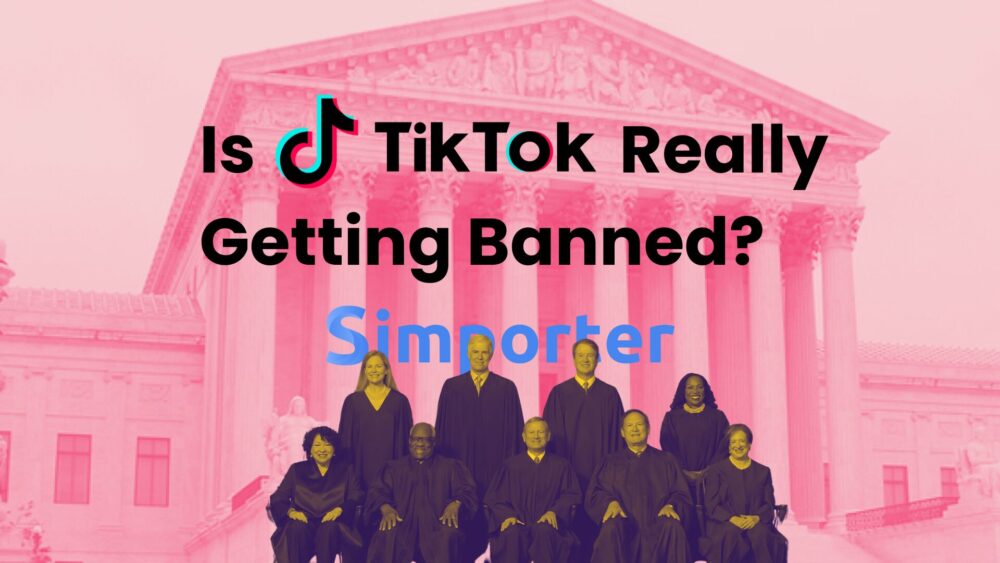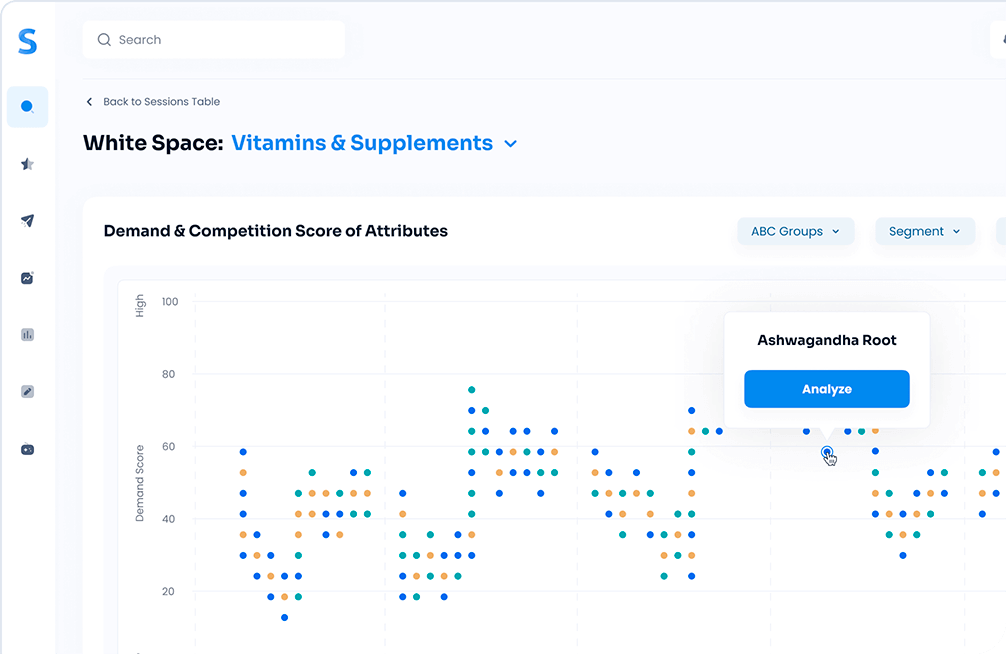In the past couple of years, consumer interest in blue light and its negative consequences has grown at an alarming rate. Small startups continuously pop-up wit their latest variant of blue light protection glasses, attempting to tap into heightened consumer awareness around the negative consequences of blue light.
Blue light, a type of high energy wavelength of light that’s emitted from both the sun and our computer screens, creates headaches, impaired vision, loss of attention, nausea, and skin damage. With a quick WebMD search you can find a lot more serious symptoms that are improbable.
As niche eCommerce brands are increasingly focused on blue light, is it an opportunity for the big brands to move into? Yes, and no.
The good news about blue light
The good news is that blue light consumer search interest has been growing steadily now for nearly five years. It’s unlikely that the trend will stop anytime soon and is a great space for major brands to begin experimenting and navigating. As of now, major brands haven’t taken over the category and small players continue to thrive.
A simple search on Amazon and all you will find are different startup brand’s matching glasses that are designed to prevent the negative side effects of blue light. It’s almost as if all the glasses are being supplied by the same producer from Alibaba.

As you can see in the image above, reviews remain fairly consistent and positive, which shows that the startup brands are satisfying their customers and providing decent products.
These startups are laying the groundwork for more extensive research and consumer awareness about blue light. The industry is a clear example of product development creating demand, rather than simply filling a previously unmet need. In 2019, One Ocean, Dalton, and Chantecaille each developed revolutionary products in blue light protection.
In 2020, Allure, Forbes, Harper’s Bazaar, Women’s Health, New York Magazine, GQ UK and many other influential reporting agencies published their takes on the dangers of blue light exposure and some insights for how consumers can avoid these risks. Although the conversation about blue light dangers technically started in 2017 – and Vogue named blue light skin care protection as a breakthrough of 2018 – conversations around blue light have exploded in frequency and urgency in the last year. This is especially true amid the COVID-19 pandemic, when many individuals spent much of their additional time at home on the Internet.
Subsequently, consumer interest has grown exponentially since the marketing and advertising of blue light protection glasses.
Since blue light went viral in 2020, countless more companies have thrown their hats into the ring of skincare protection. Both Guards Up and CBD developed daily sunscreen ointments with ingredients specifically designed to protect the skin from blue light. Good Habit launched the “Rescue Me” campaign, emphasizing the importance of maintaining healthy skin amid everyday pollutants. The list goes on and on. Some noteworthy ingredients used in topical blue light protections are iron oxides, antioxidants, Indian ginseng, algae extracts and blue pearl pigment.
The bad news about blue light
Despite the growth in consumer interest around blue light and its negative effects — one of which is on your skin — consumers remain relatively disinterested and unaware of blue light’s impact on skin.

Unilever published a study in August 2020 stating that only one in three people are aware of the dangers blue light exposure can pose to their skin. Additionally, the most effective ingredients for protecting skin against blue light radiation are frequently sidelined in favor of ingredients with more natural appearances rather than true protection levels. Iron oxides, for example, often leave the skin with an oddly bright yellow or orange tint.
Blue light skincare remains unpredictable
Sometimes, the most healthy decision may not be the most attractive. However, few would argue that a 10 or 12 step skincare routine is preferable to a 3 or 4 step routine with the same effects. According to leading dermatologists, using too many products and ingredients diminishes the skin’s natural protective properties, leaving ourselves more vulnerable to the natural pollutants of the outside world. Skin care cleaning routines should focus on three core functions: cleansing, moisturizing, and protecting.
When we analyze consumer search interest, as well, it is clear that consumers are not yet interested in blue light’s impact on skin. While there’s an arguably modest grow in consumer interest, overall ,the category seems to be too volatile and unpredictable for a brand or innovation manager to invest in.
Our recommendation
If you’re a major brand considering investing in blue light skincare, we recommend that you wait until there are more clear consumer signals showing interest and awareness around the category. The other option, which replicates blue light glasses, is to wait for niche startups to begin launching products that build consumer awareness around blue light’s negative consequences on your skin, then to launch your own products wants consumer interest has grown substantially.
For more insights around what trends you should be tracking, when it’s too early to invest in a trend, or when it’s too late — please sign up for a demo here on our website.









